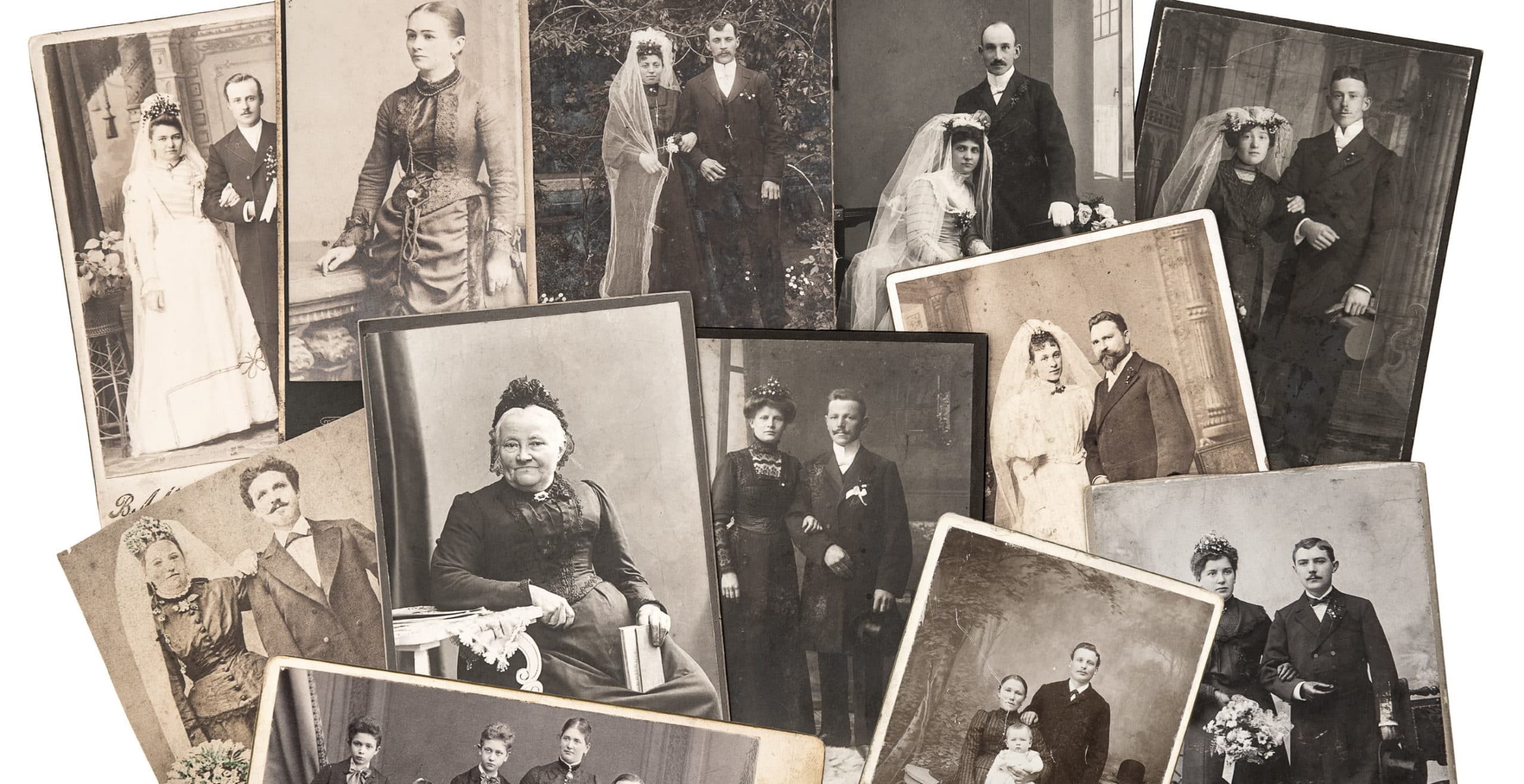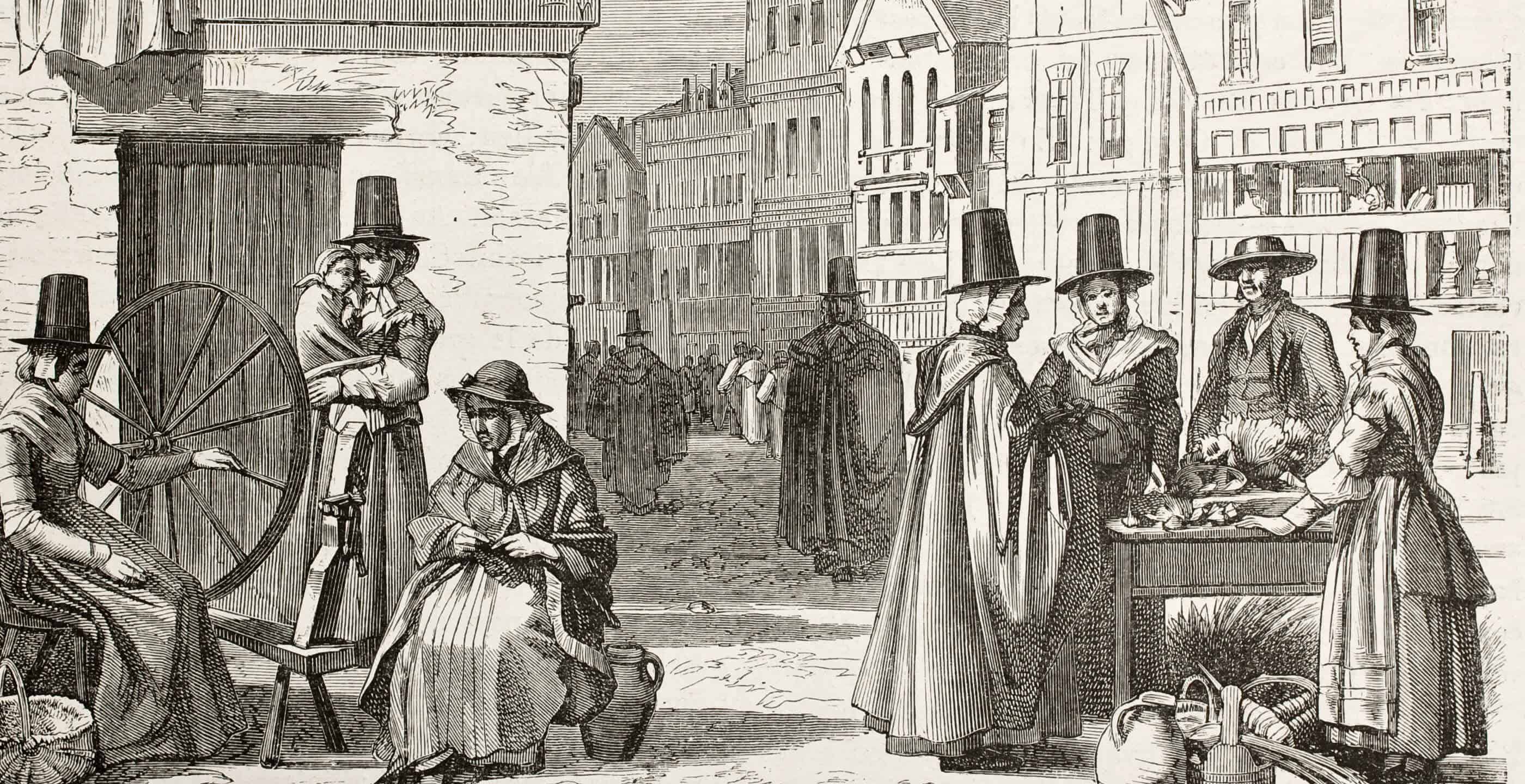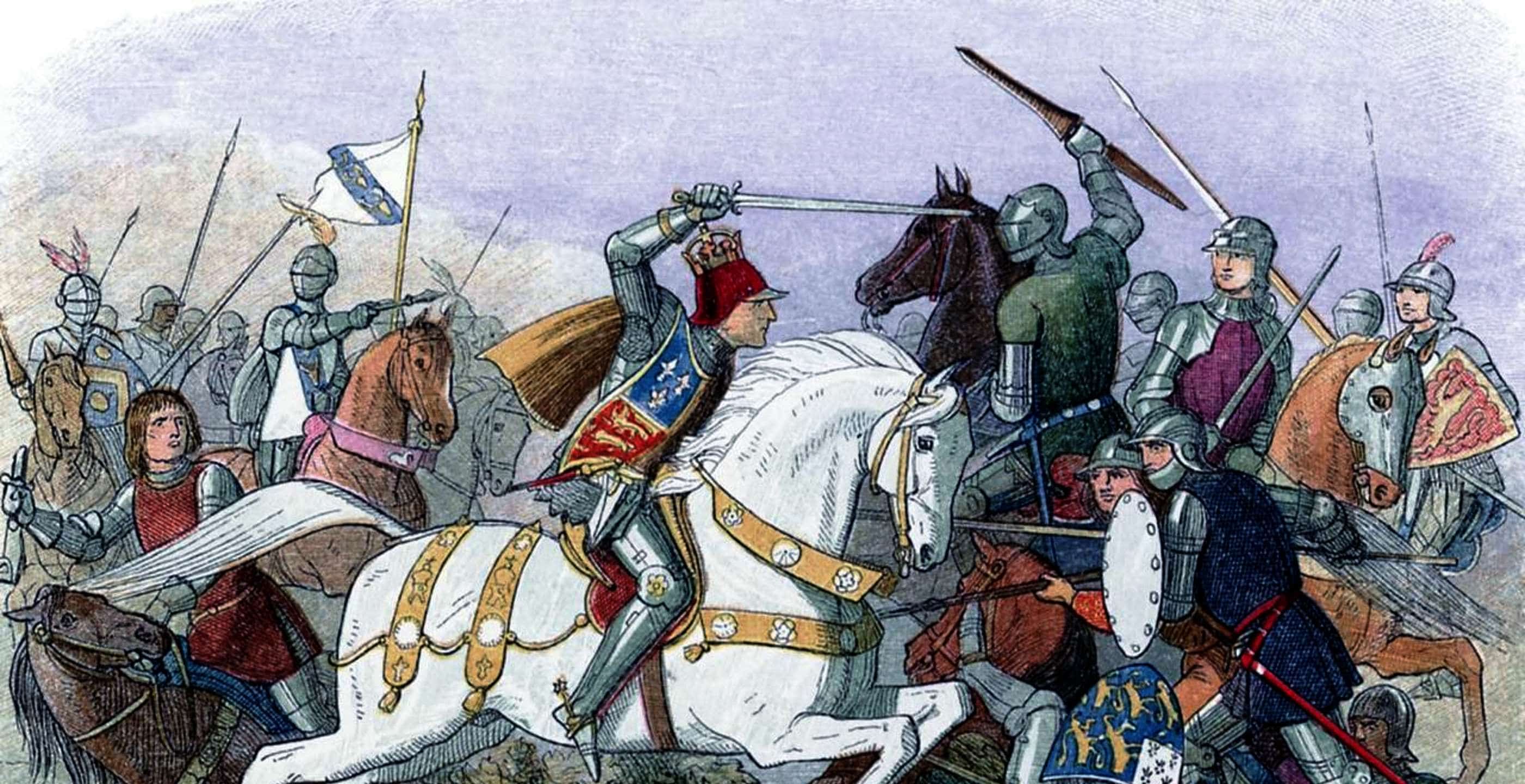Do you ever wonder where you came from? Who your ancestors were?
Perhaps you want to understand what your ancestors were like – did they share common traits with you, perhaps worked in similar occupations?
In the age of the internet, it’s never been easier to trace your family tree and in this guide we’re going to show you how to go about doing just that… and all for free!
Contents
step
Step 1: Ask your family members
This is the quickest way to begin assembling your family tree. Ask everyone in the family for their stories; some may be based in truth and help with your research, others however may be a little off the mark! An example of this; when asking an elderly relative about the family, one researcher (namely the one writing this guide!) was told with great certainty that her husband’s family came from Westmorland, Cumbria. On further investigation, it transpired they came from the West Country – Cornwall!
Nevertheless, you should be able to construct a simple family tree from this information. A tree usually takes one of two forms: either horizontal:
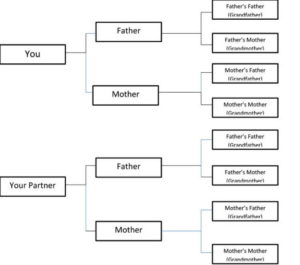
Or vertical:
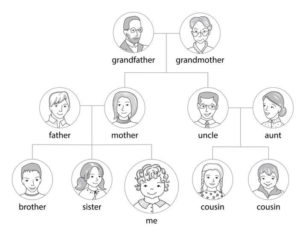
Choose the style that seems right for you.
To fill in the gaps and to go further back in time, the easiest way to progress is via an online family research site.
step
Step 2: Use Online Tools
Sites such as Ancestry, FindMyPast and MyHeritage all offer a free trial period, after which a small monthly fee is to be paid depending on the amount of access you require from their databases.
To begin, simply start by entering all the details you know about one of your relatives: their full name, where they lived, their date of birth (if known) and then you’re off!
It is perhaps easiest to start with the censuses and registers, the most recent of which is the 1939 register. However as this is the beginning of World War Two, some family members may have been called up and some children may have been evacuated away from home and so will not be included.
The following is an example of an entry from the 1939 register:

The house number is in the left hand column, then the number of people in the household at that time, their names, their gender, date of birth, age, marital status and occupation. An entry blacked out with the words “This record is officially closed” means that that person is still living.
The other main sources of information are the censuses. These began in 1841 with very basic information, often just the names of those living at an address.
The 1851 to 1901 census forms, produced every ten years, give us more information. This is an example of an 1851 census:

More information is provided here than on the previous 1841 census. You will find the address, name, relation to head of family, marital status, age and gender, occupation, where born and then – strange to our 21st century eyes – the final column entitled “Whether blind or deaf and dumb”.
The last one available to view online, the 1911 census offers extra information, including the total number of children born, how many are still living and how many have died.
From the census records, you can find the names of the rest of the family living at the home address. This allows you to follow new leads and grow your tree.
There is much more information available online than just the censuses. Through the online search tools you can also browse immigration and passenger lists, military records, wills and probate, criminal records and more. If you are looking for information on ancestors in the military, Forces War Records www.forces-war-records.co.uk is a good resource.
step
Step 3: Use other people’s research
A great way to quickly fill in some of the blanks on your family tree is to use research done by others. On Ancestry.co.uk for example, if distant relations have created an open family tree, you can access their research. Please bear in mind not all information gained this way may be correct.
Often as you search further back through the censuses, surnames can get corrupted from those of today. This is largely because in the days when a large proportion of the population could neither read nor write, the census compiler would enter their names phonetically. Similarly for the forenames; quite often a child’s baptismal name may not be that by which the child is known to family and friends, and so may be recorded differently on the census.
step
Step 4: Use the free online BMD directories
However if you need to corroborate your findings, or if you are searching further back in time than the 1841 census, you may find the Birth Marriage and Death (BMD) registers of use. You can search for information and also request copies of certificates for a small fee. These certificates can offer a great deal of information to the researcher.
Death certificates include date and place of death, as well as the age at death, the cause of death and information on the informant: whether they were present at the death, their relationship to the deceased, their name and address.
Marriage certificates include date of marriage, names of those getting wed, their ages, professions, addresses at time of marriage, as well as the names and occupations of their fathers.
Birth certificates give date and where born, child’s name, name of father (sometimes blank), name of mother, father’s occupation (if applicable), name, address and relationship to the child of the informant, and in rare cases, any changes or amendment to the name of the child after registration.
Using these certificates can help confirm (or not!) the facts found from other sources.
step
Step 5: Search parish records and visit churchyards
There are online resources to help in finding gravestones, such as https://www.findagrave.com/ and https://billiongraves.com/ but these still have limited databases.
When you have exhausted the online resources, a good way of going even further back is to consult parish records or to actually visit the family graveyard and search for headstones.
To search a graveyard and then finally find the gravestone or gravestones really does bring your research to life. You may feel a connection to the people behind the names on your tree as you read the stone, especially if there is an epitaph. You may also discover further ancestors: the stone may commemorate others unknown to you!
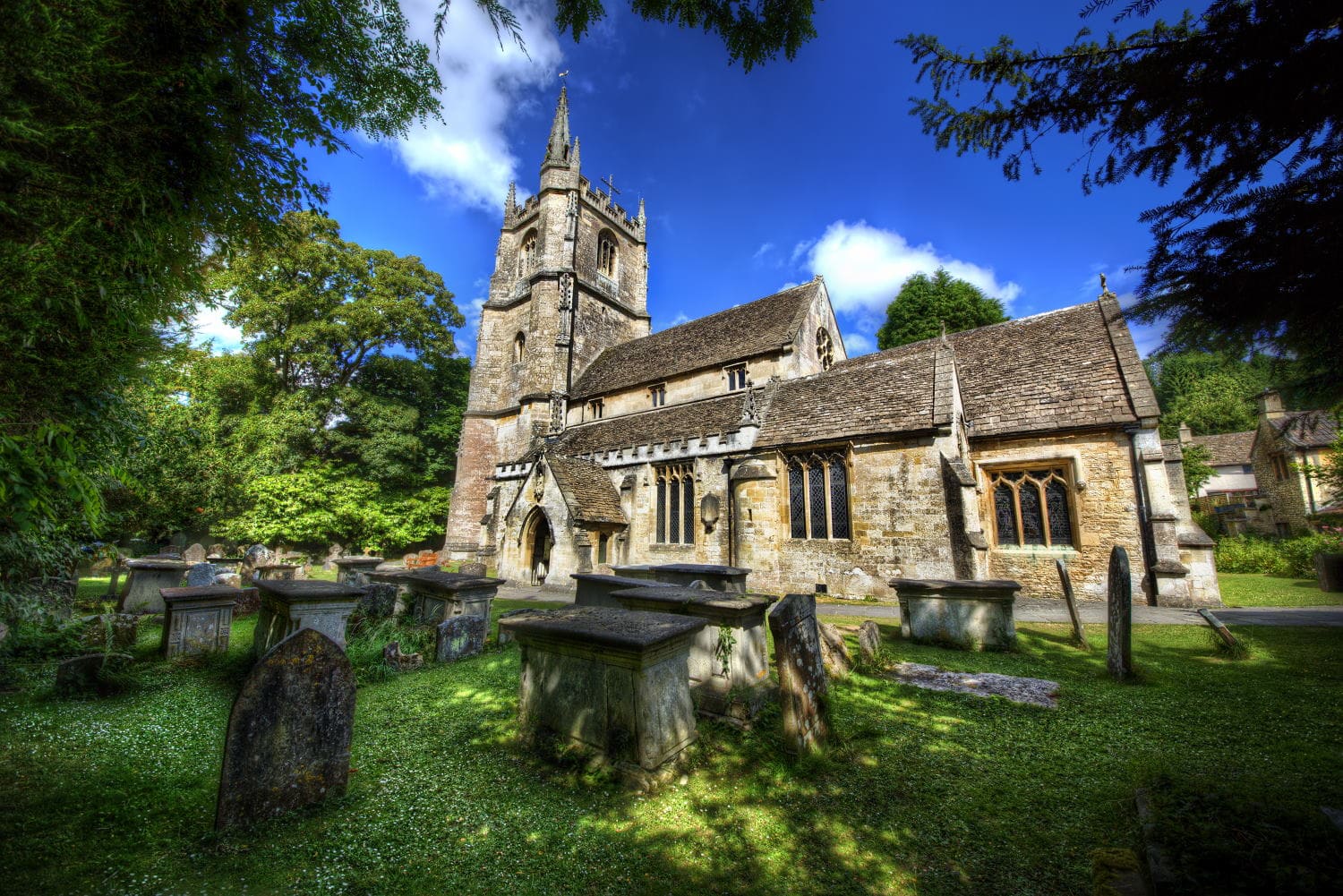
step
Our own case study
Researching your family tree can be fascinating. A search into the Jones line of one family led to the discovery of some intriguing and little known historical facts.
One ancestor, born in 1815, was a coal miner from a small village in North Wales. Whilst researching his part of the family tree, the 1851 census entry was unexpected and fascinating. Here it showed him at his home address in Wales, but married to a woman from Todmorden in Lancashire and with a child born in 1846 in Rouen in France!
And so the question arose – how did a miner from a small Welsh village meet a girl from Todmorden and then end up in France with his family? The clue turned out to be in his occupation: coal miner.
At the time of his marriage, the construction of the Summit Tunnel near Todmorden, part of the Manchester and Leeds Railway, was underway. Begun in 1838 and completed in 1841, it was the longest railway tunnel in the world at that time. Miners were employed to excavate the tunnel and it would appear this ancestor had left his small community in Wales to take up work on the railway.
So that was how he met his wife. But why Rouen? Investigation on the internet led to the discovery that the construction of railways in Northern France in the mid 1800s was largely undertaken by British companies as they had the experience and expertise. Joseph Locke was appointed engineer on the Paris and Rouen Railway and thousands of British navvies, miners and bricklayers were brought over to build it – including this ancestor, it would seem.
Work began on the railway in 1841 (same year as work on the Summit Tunnel was completed) and finished in 1847. Many workers stayed on in France afterwards, finding work on other railway projects. However revolution was to put an end to the British workers’ employment in early 1848. Unemployment and low wages had led to civil unrest in Paris and later in Rouen in April, when bad feeling towards the thousands of British and immigrant workers in the north of France boiled over into rioting. The railway companies were forced to evacuate thousands of their workers, who fled to the ports often with only what they could carry in way of possessions. There were harrowing tales of men, women and children starving on the roadside trying to get to the ports and back to Britain.
Whether the family returned to Wales after the completion of the Paris and Rouen railway in 1847 or stayed on in France, we do not know. However had they been caught up in the rioting and revolution of 1848, they would have had little option but to flee home to friends and relatives.
This is just one example of how tracing your family tree can bring your ancestors to life. To travel so far afield for work, even taking his family with him to France, shows this ancestor must have been a man of great courage and drive, determined to provide for his family.
If this has whetted your appetite to find out more about your own past, then now is the time to start your own research. Happy hunting – but beware, it can become addictive!
